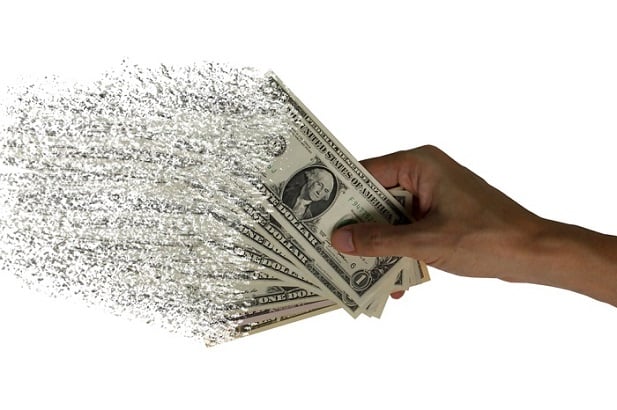 Consumers are still forking over increasingly more bucks for health insurance premiums especially those who don't get coverage from employers and have to buy their own. (Photo: Shutterstock)
Consumers are still forking over increasingly more bucks for health insurance premiums especially those who don't get coverage from employers and have to buy their own. (Photo: Shutterstock)
Spending on health care reached $3.5 trillion in 2017, or about $10,739 per person, and although the rate has slowed, individuals aren't seeing much of the benefit.
Figures from the Trump administration's Office of the Actuary at the Centers for Medicare and Medicaid Services show that health spending overall grew at a rate of 3.9 percent last year, after rising by 4.8 percent in 2016 and 5.8 percent in 2015. That rate is the slowest since 2013, prior to most provisions of the Affordable Care Act kicking in and before Medicaid expansion to more low-income adults.
Related: Employer health spending increased 44 percent over a decade
However, as Huffington Post points out that although the rate of spending may have slowed, “the major funders of health care—federal and state governments and employers—all enjoyed the benefits of slower spending growth.” Individuals, not so much.
In fact, consumers are still forking over increasingly more bucks for health insurance premiums especially those who don't get coverage from employers and have to buy their own. In addition, the prices of prescription drugs are still on the upswing, and deductibles are also rising—leaving even insured people stuck shelling out for higher and higher amounts before their coverage even kicks in.
Says HuffPo, “The biggest factor in the return to a low rate of increase in overall spending appears to be slower growth in the amount of health care products and services people consumed, even as prices for health care goods and services grew faster last year than in 2016.”
An article from The Hill shares this sentiment: “The slowdown in growth primarily affected hospitals, physician and clinical services and prescription drugs, the Centers for Medicare and Medicaid Services (CMS) said, as people used fewer goods and services.”
Spending on hospital care—representing 33 percent of overall health care spending—reached $1.1 trillion in 2017. Another 10 percent went for physician and clinical services, on which spending rose 4.2 percent to $694.3 million, with spending on prescription drugs at $333.4 billion.
The private health insurance market, accounting for 34 percent of all health care spending, rose above $1.2 trillion, with Medicare spending increasing 4.2 percent to $705.9 billion; that's comparable to its increase in 2016. Medicaid spending, for its part, ate up $581.9 billion.
And spending on out-of-pocket costs such as copayments and deductibles accounted for $365 billion.
Read more:
© 2025 ALM Global, LLC, All Rights Reserved. Request academic re-use from www.copyright.com. All other uses, submit a request to [email protected]. For more information visit Asset & Logo Licensing.







